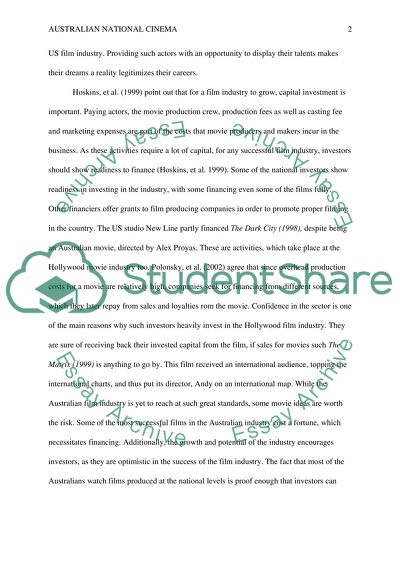Cite this document
(“Australian National Cinema Essay Example | Topics and Well Written Essays - 2000 words”, n.d.)
Australian National Cinema Essay Example | Topics and Well Written Essays - 2000 words. Retrieved from https://studentshare.org/visual-arts-film-studies/1491314-australian-national-cinema
Australian National Cinema Essay Example | Topics and Well Written Essays - 2000 words. Retrieved from https://studentshare.org/visual-arts-film-studies/1491314-australian-national-cinema
(Australian National Cinema Essay Example | Topics and Well Written Essays - 2000 Words)
Australian National Cinema Essay Example | Topics and Well Written Essays - 2000 Words. https://studentshare.org/visual-arts-film-studies/1491314-australian-national-cinema.
Australian National Cinema Essay Example | Topics and Well Written Essays - 2000 Words. https://studentshare.org/visual-arts-film-studies/1491314-australian-national-cinema.
“Australian National Cinema Essay Example | Topics and Well Written Essays - 2000 Words”, n.d. https://studentshare.org/visual-arts-film-studies/1491314-australian-national-cinema.


